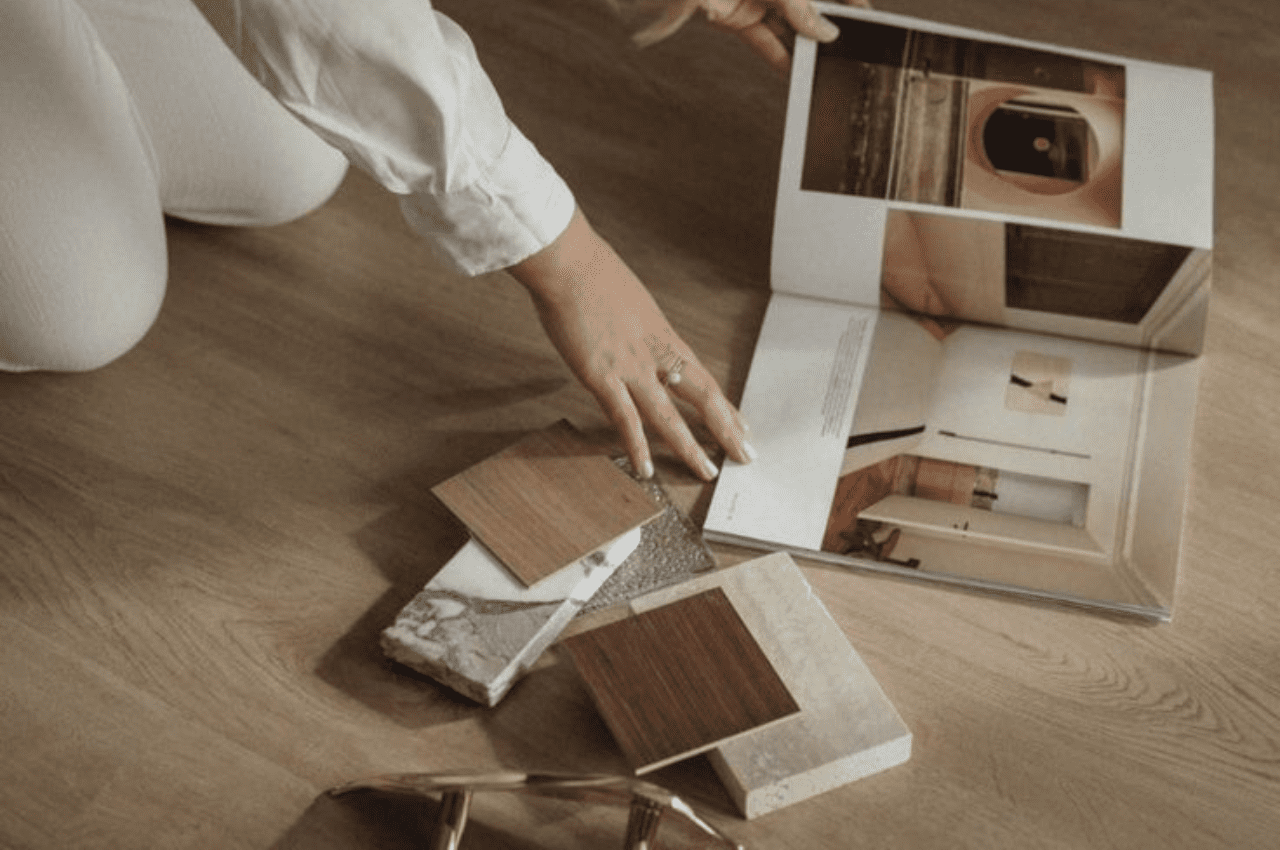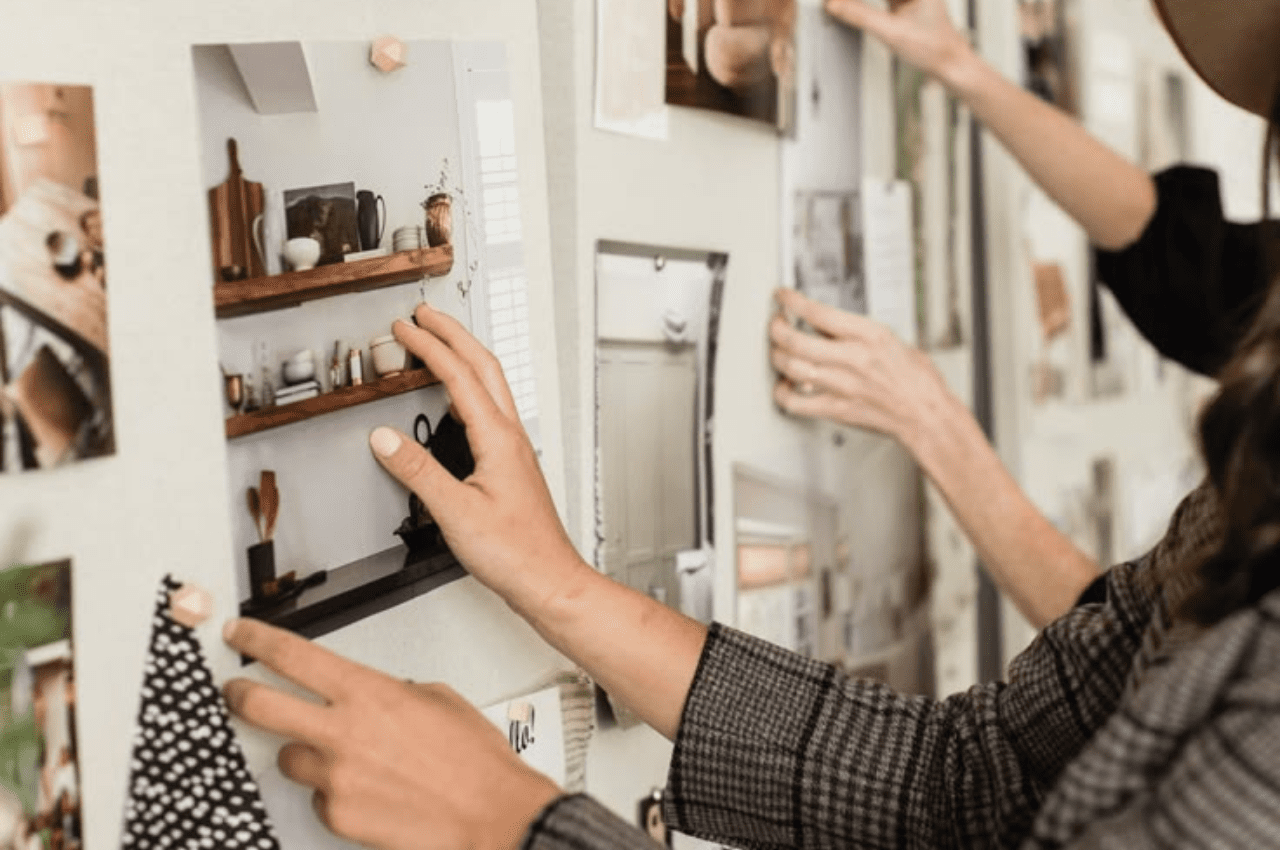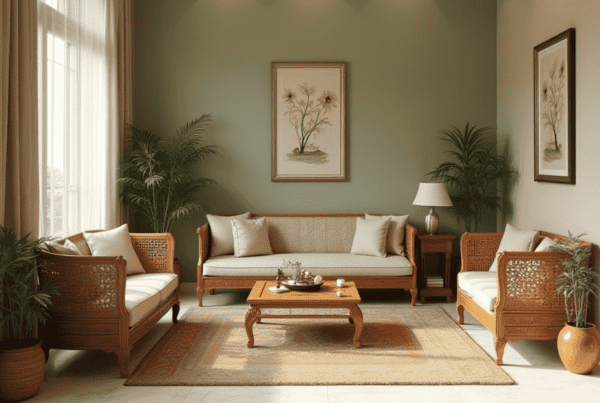Introduction
When it comes to transforming your space—be it a cozy home, a trendy office, or a bustling retail store—the interior design company you choose can make or break the outcome. Interior design isn’t just about picking colors or furniture; it’s about crafting a space that aligns with your lifestyle, brand, and long-term goals. With countless interior design firms out there, finding the right one can feel overwhelming. But with the right approach and clarity about what you need, the process becomes much easier. This article will walk you through everything you need to know to confidently choose the right interior design company for your project.
1. Define Your Vision and Needs First
Before even reaching out to design companies, take time to understand your project needs.
Ask yourself the following:
- Is this a residential, commercial, or hospitality project?
- Are you renovating an existing space or starting from scratch?
- Do you prefer a specific style—minimalist, industrial, modern, Scandinavian, etc.?
- What is your budget?
- What’s your timeline?
Having clear answers will help you communicate your expectations better and allow you to filter out companies that aren’t the right fit from the start.

2. Research, Shortlist, and Review Portfolios
Start by doing some research. You can look up interior design companies via Google, social media platforms like Instagram and Pinterest, or directories like Houzz, Qanvast, or Yelp (depending on your region). Look for firms that have experience in the type of project you’re doing.
Once you find a few, dive into their portfolios.
Look out for:
- Diversity in projects
- Consistency in quality
- Style compatibility with your vision
- Before-and-after photos (if available)
- Attention to detail
A great portfolio will not only show beautiful outcomes but also demonstrate the designer’s ability to solve spatial problems and elevate functionality.
3. Read Reviews and Ask for References
Testimonials are useful, but real client reviews give the most honest picture. Check reviews on Google, Facebook, or independent review sites.
Pay attention to feedback on:
- Project communication
- Budget and timeline adherence
- Problem-solving
- Professionalism and transparency
- After-sales service or support
If you’re serious about a firm, don’t hesitate to ask for references. Speaking to past clients can give you valuable insight into what it’s like working with the designer throughout the entire process.

4. Evaluate Their Design Process
Every interior design company has its way of working. Understanding their design process is crucial to ensuring it aligns with how you like to collaborate.
Ask these questions:
- Do they offer free consultations?
- Will you work with a specific designer or a team?
- How many concept revisions are included?
- What is their approach to sourcing furniture and materials?
- Do they provide 3D renderings or mood boards?
- How do they handle contractor coordination?
A well-structured process not only leads to better design but also a more pleasant experience for you as the client.
5. Understand Their Services and Specializations
Interior design companies vary in what they offer. Some are full-service, handling everything from design to project management and final styling. Others may focus only on consultations or specific types of projects.
Clarify the following:
- Do they handle renovation work or just styling?
- Are they experienced in space planning and compliance with building codes?
- Can they manage project timelines and liaise with contractors?
- Do they offer sustainable design options?
- Are they familiar with smart home technology or lighting design?
Choosing a company that matches your scope avoids headaches and extra outsourcing down the line.

6. Discuss Budget Transparency
Be upfront about your budget early in the conversation. A good interior design company will help you stretch your dollars wisely and make recommendations based on your financial parameters.
Key points to clarify:
- Is there a design fee structure? (flat rate, hourly, or percentage of project cost)
- What is included in the proposal?
- Are material and furniture markups disclosed?
- Are there any hidden costs, like coordination fees or admin charges?
Don’t just go for the cheapest quote. Focus on value for money, not just cost. Sometimes a higher price means better materials, more detailed planning, or superior project management.
7. Gauge Chemistry and Communication
You’ll be working closely with your designer for weeks or even months. So personal chemistry and communication style matter more than you might think.
During initial meetings, notice:
- Do they listen actively and ask smart questions?
- Do they understand your needs or try to push their preferences?
- Are they transparent and clear in their communication?
- How responsive are they to emails or calls?
Great designers blend their expertise with your vision—not override it. A good working relationship ensures a smoother, more enjoyable process.

8. Check Credentials and Experience
While creativity is essential, experience and professional credentials matter too—especially for larger projects.
Look into:
- Their years in the industry
- Relevant certifications or accreditations
- Awards or recognition
- Membership in professional organizations like IIDA, ASID, or local architecture boards
For commercial or public projects, compliance and regulations are critical. Make sure the firm understands local building codes, safety guidelines, and permit requirements.
9. Assess Project Management Capabilities
Good design is only part of the puzzle. Project management—coordinating schedules, vendors, and construction—is equally important.
Ask if the firm:
- Has dedicated project managers
- Offers end-to-end management from concept to completion
- Coordinates with electricians, carpenters, painters, etc.
- Can work with your contractor or have their network.
Efficient management keeps things on track and reduces the risk of delays or cost overruns.
10. Request a Proposal and Compare Carefully
Once you’ve narrowed down your list, request formal proposals from a few top candidates.
Compare the following:
- Scope of work
- Timeline
- Fees and payment terms
- Deliverables (e.g., 3D renderings, floor plans, furniture sourcing)
- Terms and conditions
Don’t rush into a decision. Take the time to review, ask follow-up questions, and choose the company that feels right—both professionally and personally.
Conclusion
Choosing the right interior design company is more than just finding someone with good taste. It’s about finding a team that listens, collaborates, and transforms your vision into a beautiful and functional reality. By clarifying your needs, researching thoroughly, and evaluating both creative and operational fit, you’ll set your project up for success from the very beginning. Whether you’re revamping a studio apartment or creating a flagship office, the right interior design partner can make the journey exciting, stress-free, and ultimately rewarding.






